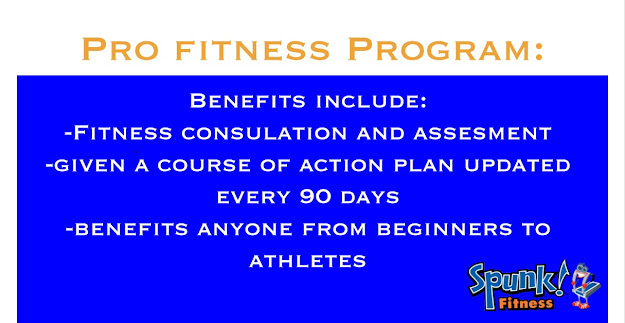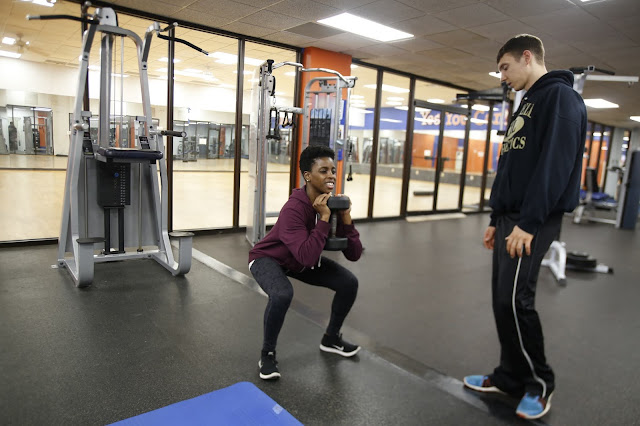Before You Go: 5 Moves to Get Straight Before You Start a Fitness Program
It's the beginning of the year. For many of us, this means a renewal of those long-neglected promises to make fitness a priority. Even if you used to be a regular at the gym, it's easy to forget the important things that can make or break your success (and your safety). Follow these 5 moves --whether again, or for the first time -- before you go for your goals.
#1: Get (a) Physical.
This doesn't mean you need to rush off to the doctor. The ACSM suggests taking a physical activity readiness questionnaire (PAR-Q and You). This is easy to find online. If the questionnaire reveals any health concerns, you may want to schedule an appointment with your doctor to get clearance before you start working out.
#2: Slow and Steady Wins the Race.
One of the biggest temptations for returning fitness center junkies is to overdo it. Don't start where you used to be -- start where you are now. How many times a week have you been exercising in the last month? How many minutes a day, and with what intensity? Start close to that, and build from there.
A good rule of thumb is to increase mileage for cardio exercise no more than 10% each week. For strength training, start with a few sessions a week, then add another day. Keep your weights challenging but manageable. Remember -- it's much easier to add mileage, weight, or reps than to recover from an overuse injury.
#3: Choose activities you enjoy, with proven results.
It's also tempting to get carried away with the latest fitness fad without any proof of its results (or safety). Has the activity you want to do been effective for you in the past? Can you see the proof of results in others you know? There's nothing wrong with trying something new and fun, but you're in this to get fit.
Running is an effective cardiovascular workout...but some people hate it. If you hate an exercise, don't force yourself to do it. There's plenty of machines, equipment, and other ways to work out at the fitness center. Find something you can enjoy -- at least a little.
#4: Get in gear.
Don't be so eager to start that you neglect to wear the right gear. There are different shoes for different types of activity (cross-trainers, running shoes, etc.). There's also safe and unsafe clothing to wear while lifting or running on the treadmill. Know the difference, and prioritize your safety.
Also, take inventory of what you have -- is it in good shape? Are your shoes worn down? Always use gear that's in good working shape.
#5: Heed the "stop" signs.
If you've been on the sidelines a while, you might have forgotten the warning signs of health concerns and injuries. Watch for dizziness, nausea and sharp pain -- especially in your chest, neck, back, or joints. At the very least, these are signs you need to ease up a little or take a break. At the worst, they're the precursor to heart problems, signs of low blood sugar or dehydration, and serious injuries. Never ignore them.
It's great to be eager to improve your fitness, but don't forget these five preliminary moves.



Comments
Post a Comment